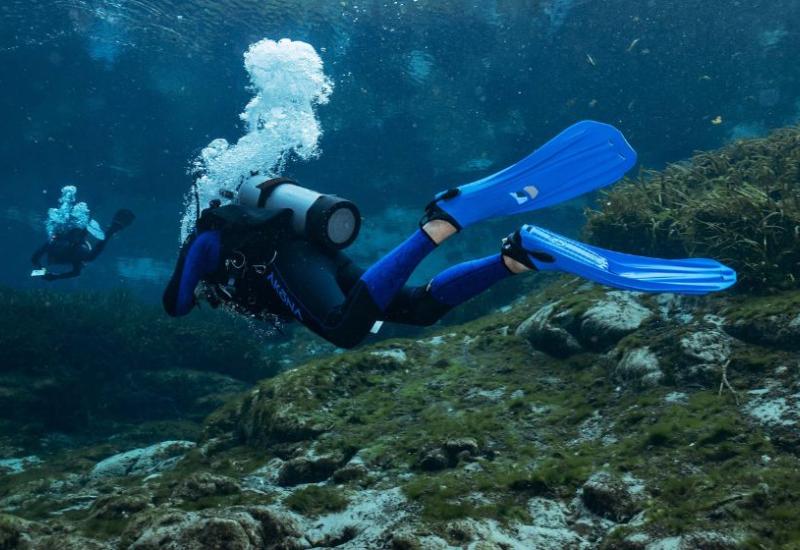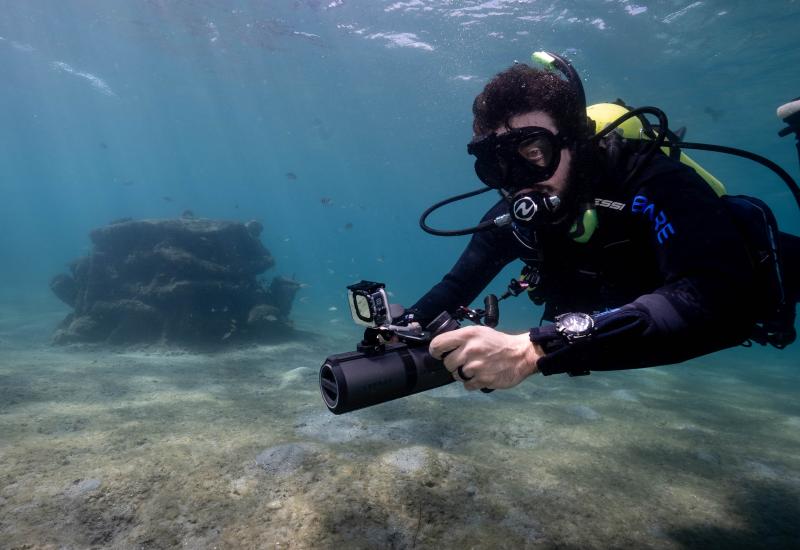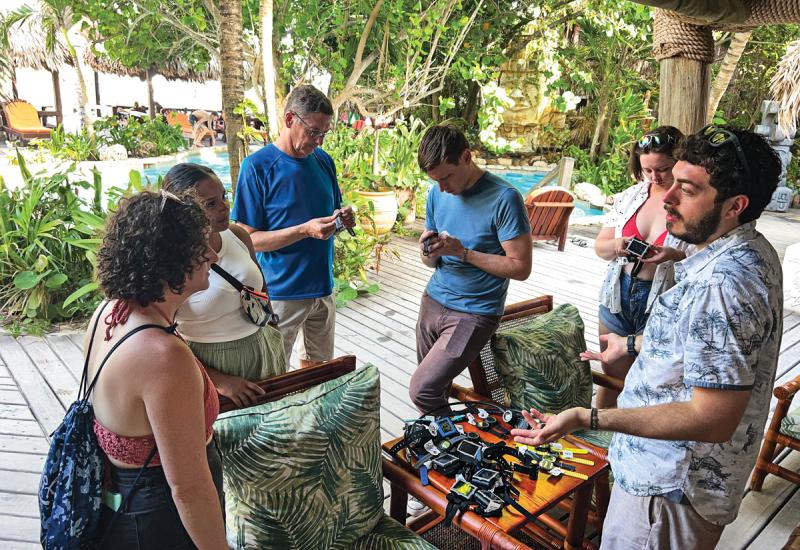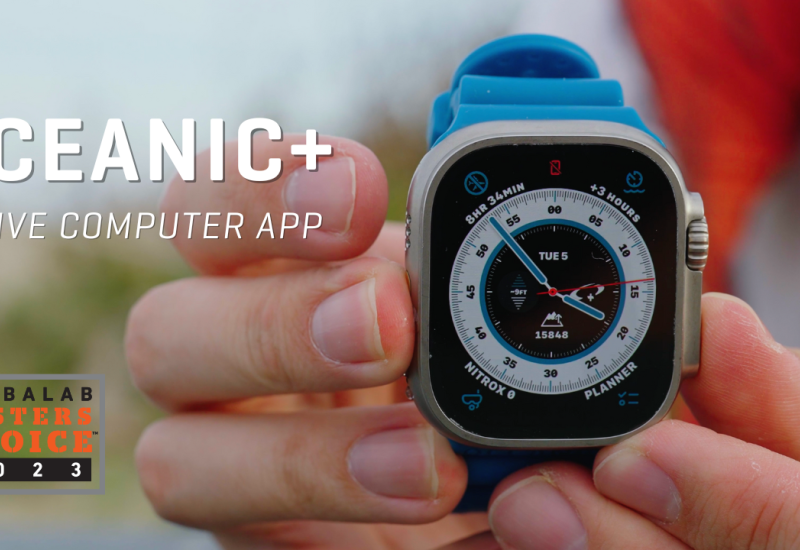How to Read A Breathing Loop
Courtesy of Mike Ward, Dive Lab
Definitions:
J/L = Joules / Liter: The unit of measurement for breathing effort.
Mbar = Millibars: Used as the unit of pressure measurement, positive or negative, within the oral cavity, measured at the mouthpiece. 68 Millibars equals one (1) pound per square inch pressure.
WOB = Work of Breathing, the amount of effort to breath, expressed in Joules per liter abbreviated as J/L. The lower the J/L the better regulator breathes. External work of breathing is expressed on the ANSTI loop as external work (EXT). External work of breathing is the sum of the inhalation and exhalation effort expressed in J/L. External work is the work effort required to operate the breathing apparatus only.
Inhale Pressure = The peak inhalation pressure during the loop measured in mbar. During the inhalation cycle, there is usually a constant negative pressure. (Maximum allowable by CE Standards -25 millibars)
Inhale Positive Pressure = The peak positive pressure in mbar attained during the inhalation cycle. Positive pressure usually occurs during inhalation due to the venturi action. (Maximum allowable by CE Standards +5 millibars)
Exhalation Pressure = The peak pressure in millibars attained during the exhalation cycle in millibars. (Maximum allowable by CE Standards, +25 millibars).
Inhalation Work = The work effort during inhalation expressed in J/L.
Exhalation Work = The work effort during exhalation expressed in J/L.
Positive Inhalation Work = The work effort needed to counter the positive pressure delivered by the breathing equipment.
Virtually all scuba regulators incorporate what is called a venturi assist. The venturi is usually a tube or directing vane that simply directs incoming air from the inlet valve at high velocity and funnels it into the oral tube. This produces a low-pressure area that draws on the diaphragm resulting in lower inhalation work effort. In some regulators, the venturi can be too responsive resulting in positive pressure which in effect causes the regulator to force-feed air to the diver. A very slight amount of positive pressure can be beneficial at high work rates but positive pressure during normal breathing is uncomfortable and results in poor performance. The European Standard, EN-250, limits positive pressure to 5 mbar and 0.3 J/L.
Analyzing the Loop

The breathing loop is color coded to show a breakdown of the loop. The loop inhalation cycle starts at the point marked with "A". The first part of the loop at point "A" shows where a negative pressure is drawn (start of inhale). At point "B", the diaphragm activates the inlet valve and air starts to flow. The point from "A" to "B" is known as the cracking effort. In this loop, the cracking effort is around eight (8) millibars. Next, moving to the left, the "green area" shows the inhalation air flowing. The closer to the zero line the trace stays, the lower the inhalation effort. The trace line then moves above the zero line (shaded in red) shows that the inlet valve has overshot the zero line, and allowed a slight positive pressure to develop. The valve then regains a fairly steady flow before going positive once again, peaking at just below six (6) millibars as shown at point "C". At point "D", exhalation starts and the area shaded orange shows the exhalation. The very highest part of the exhalation curve is the peak exhalation and in this case is around 12 millibars. This loop is typical, and it must be noted that in this particular loop the breathing machine is ventilating at a rate of 75 liters per minute, which is considered extreme.
The amount of effort is needed to start gas flowing and keep it flowing, as well as how smooth the inhalation and exhalation are, all play into how well a regulator breathes. So, what constitutes a top-performing regulator for scuba divers? Before we can say what is good, we need to lay a few ground rules. A really good regulator should support the needs of a fit diver to the maximum depth of the dive. This can be a loaded statement because before you can say this you must quantify the need. European CE standards set the maximum breathing effort at three (3) J/L. The U.S. Navy takes a slightly different approach--it assigns goals. To be in a top performance category, the Navy wants the regulator to have no greater than 1.37 J/L down to a depth of 198 feet seawater (fsw) when breathing at a work rate of 62.5 RMV or greater. Until recent years, very few regulators could meet this goal.
Now we are back to what constitutes a great breathing scuba regulator. It's our opinion based on current regulator technology:
• Every recreational diver's regulator should be capable of WOB under two (2) J/L, or less at 62.5 RMV, down to the recreational depth limit of 130 fsw. There are many good, inexpensive regulators capable of this WOB performance.
• For the "techies" making deep air dives, it would be wise to use a regulator that is capable of below two (2) J/L performance, at 62.5 RMV, to the maximum depth of the intended dive.
Keep in mind regulator performance has gotten very good and this increase in performance makes diving safer and easier. In general, there is no excuse for an avid scuba diver not to have a good performing regulator, and not just one that squeaks in under the three (3) Joule WOB limit. Even a diver in excellent condition will find that a reg functioning at three (3) J/L, leaves little reserve should things go sideways or when heavy physical activity is encountered.
What is next? How much better will regulator performance get? Technology moves on and you can bet performance will keep inching forward, maybe not as fast as the PC, but things will keep rolling as long as the consumer keeps demanding it.
Courtesy of Mike Ward, Dive Lab
Definitions:
J/L = Joules / Liter: The unit of measurement for breathing effort.
Mbar = Millibars: Used as the unit of pressure measurement, positive or negative, within the oral cavity, measured at the mouthpiece. 68 Millibars equals one (1) pound per square inch pressure.
WOB = Work of Breathing, the amount of effort to breath, expressed in Joules per liter abbreviated as J/L. The lower the J/L the better regulator breathes. External work of breathing is expressed on the ANSTI loop as external work (EXT). External work of breathing is the sum of the inhalation and exhalation effort expressed in J/L. External work is the work effort required to operate the breathing apparatus only.
Inhale Pressure = The peak inhalation pressure during the loop measured in mbar. During the inhalation cycle, there is usually a constant negative pressure. (Maximum allowable by CE Standards -25 millibars)
Inhale Positive Pressure = The peak positive pressure in mbar attained during the inhalation cycle. Positive pressure usually occurs during inhalation due to the venturi action. (Maximum allowable by CE Standards +5 millibars)
Exhalation Pressure = The peak pressure in millibars attained during the exhalation cycle in millibars. (Maximum allowable by CE Standards, +25 millibars).
Inhalation Work = The work effort during inhalation expressed in J/L.
Exhalation Work = The work effort during exhalation expressed in J/L.
Positive Inhalation Work = The work effort needed to counter the positive pressure delivered by the breathing equipment.
Virtually all scuba regulators incorporate what is called a venturi assist. The venturi is usually a tube or directing vane that simply directs incoming air from the inlet valve at high velocity and funnels it into the oral tube. This produces a low-pressure area that draws on the diaphragm resulting in lower inhalation work effort. In some regulators, the venturi can be too responsive resulting in positive pressure which in effect causes the regulator to force-feed air to the diver. A very slight amount of positive pressure can be beneficial at high work rates but positive pressure during normal breathing is uncomfortable and results in poor performance. The European Standard, EN-250, limits positive pressure to 5 mbar and 0.3 J/L.
Analyzing the Loop

The breathing loop is color coded to show a breakdown of the loop. The loop inhalation cycle starts at the point marked with "A". The first part of the loop at point "A" shows where a negative pressure is drawn (start of inhale). At point "B", the diaphragm activates the inlet valve and air starts to flow. The point from "A" to "B" is known as the cracking effort. In this loop, the cracking effort is around eight (8) millibars. Next, moving to the left, the "green area" shows the inhalation air flowing. The closer to the zero line the trace stays, the lower the inhalation effort. The trace line then moves above the zero line (shaded in red) shows that the inlet valve has overshot the zero line, and allowed a slight positive pressure to develop. The valve then regains a fairly steady flow before going positive once again, peaking at just below six (6) millibars as shown at point "C". At point "D", exhalation starts and the area shaded orange shows the exhalation. The very highest part of the exhalation curve is the peak exhalation and in this case is around 12 millibars. This loop is typical, and it must be noted that in this particular loop the breathing machine is ventilating at a rate of 75 liters per minute, which is considered extreme.
The amount of effort is needed to start gas flowing and keep it flowing, as well as how smooth the inhalation and exhalation are, all play into how well a regulator breathes. So, what constitutes a top-performing regulator for scuba divers? Before we can say what is good, we need to lay a few ground rules. A really good regulator should support the needs of a fit diver to the maximum depth of the dive. This can be a loaded statement because before you can say this you must quantify the need. European CE standards set the maximum breathing effort at three (3) J/L. The U.S. Navy takes a slightly different approach--it assigns goals. To be in a top performance category, the Navy wants the regulator to have no greater than 1.37 J/L down to a depth of 198 feet seawater (fsw) when breathing at a work rate of 62.5 RMV or greater. Until recent years, very few regulators could meet this goal.
Now we are back to what constitutes a great breathing scuba regulator. It's our opinion based on current regulator technology:
• Every recreational diver's regulator should be capable of WOB under two (2) J/L, or less at 62.5 RMV, down to the recreational depth limit of 130 fsw. There are many good, inexpensive regulators capable of this WOB performance.
• For the "techies" making deep air dives, it would be wise to use a regulator that is capable of below two (2) J/L performance, at 62.5 RMV, to the maximum depth of the intended dive.
Keep in mind regulator performance has gotten very good and this increase in performance makes diving safer and easier. In general, there is no excuse for an avid scuba diver not to have a good performing regulator, and not just one that squeaks in under the three (3) Joule WOB limit. Even a diver in excellent condition will find that a reg functioning at three (3) J/L, leaves little reserve should things go sideways or when heavy physical activity is encountered.
What is next? How much better will regulator performance get? Technology moves on and you can bet performance will keep inching forward, maybe not as fast as the PC, but things will keep rolling as long as the consumer keeps demanding it.










